 |
New York
Architecture Images-Upper West Side American Museum of Natural History |
|
architect |
various |
|
location |
Central Park West at 79th Street |
|
date |
c. 1880 |
|
style |
streetside Beaux-Arts parkside Romanesque Revival |
|
construction |
stone |
|
type |
Museum |
|
|
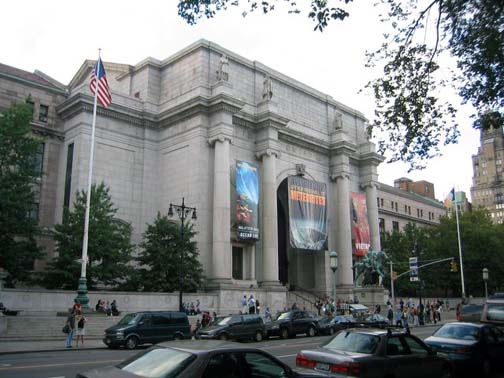 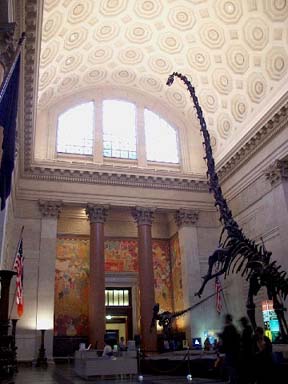 |
|
images |
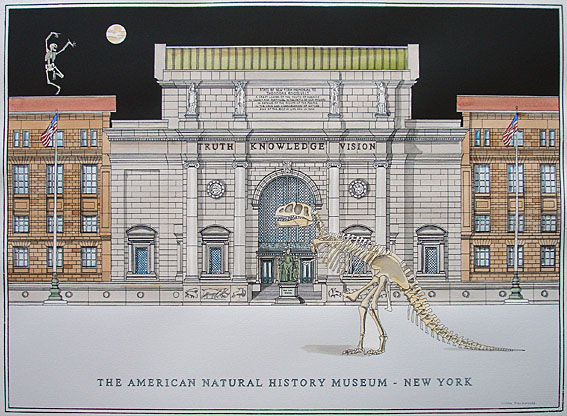 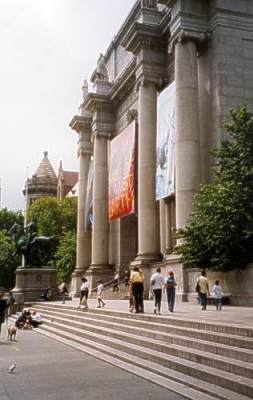 |
| Rendering copyright Simon Fieldhouse. Click here for a Simon Fieldhouse gallery. | |
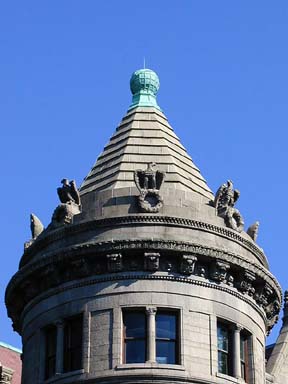 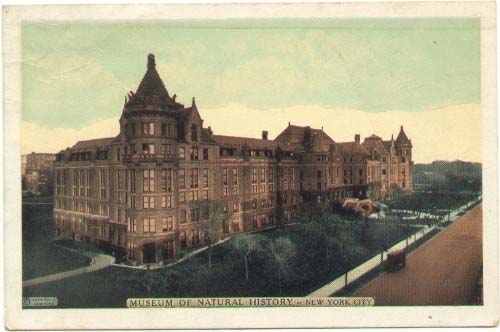 |
|
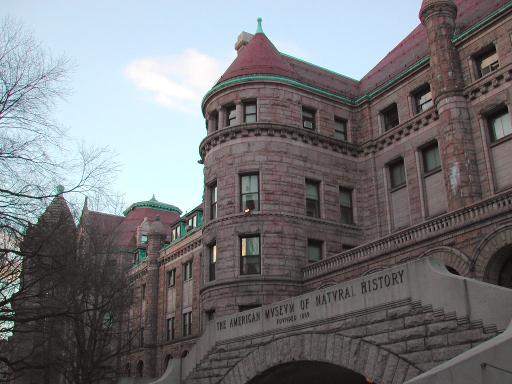 |
|
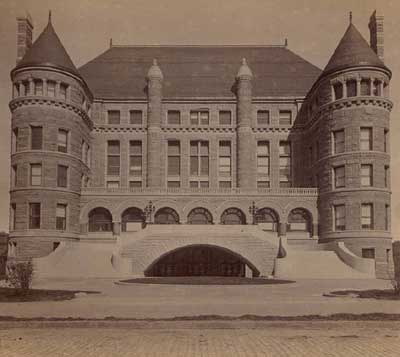 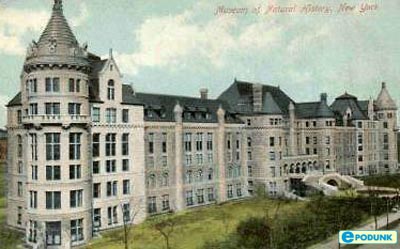 |
|
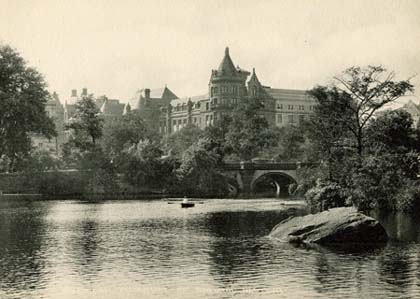 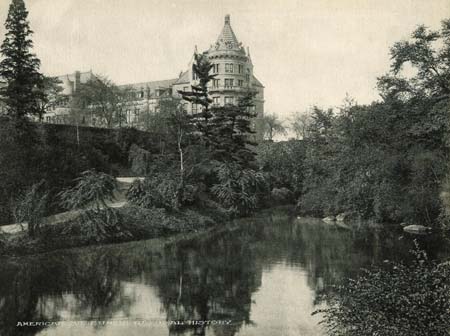 |
|
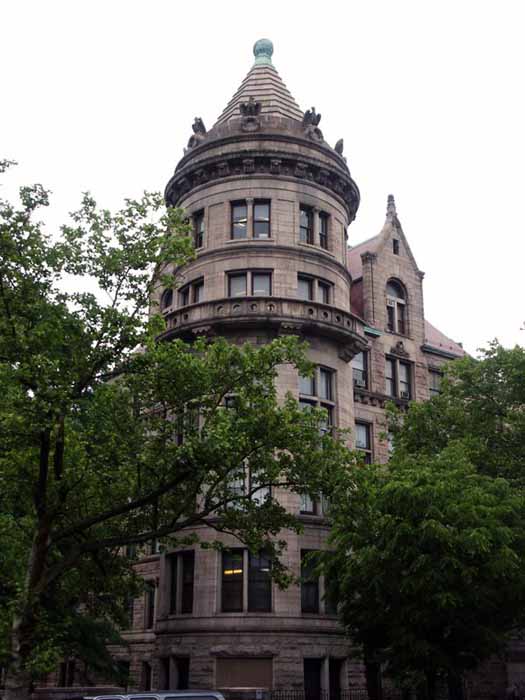 |
|
| Image- with special thanks to Rick Stasel | |
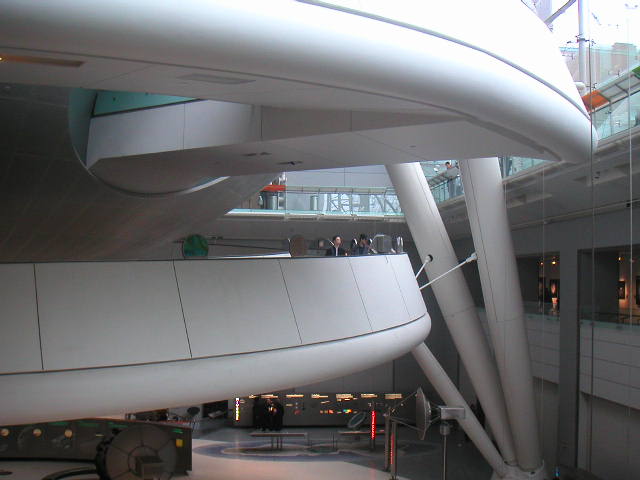 |
|
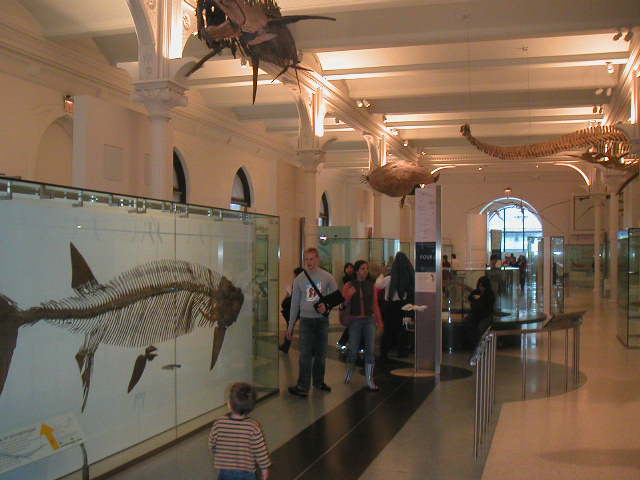 |
|
|
For 125 years, the American Museum of Natural History has been one of the world's preeminent science and research institutions, renowned for its collections and exhibitions that illuminate millions of years of the earth's evolution, from the birth of the planet through the present day. Permanent Installations The New York Times Capsule, a 5' x 5' x 5' sculpture of welded stainless steel designed by renowned Spanish architect Santiago Calatrava, contains diverse artifacts chronicling life in the late 20th century. The brand new Discovery Room offers families and especially children ages 5-12 a hands-on look at the Museum and its sciences. The magnificent outdoor Arthur Ross Terrace is a 47,114-square-foot public space overlooking the Hayden Sphere in the Rose Center for Earth and Space. Starry Nights: Fridays Under the Sphere © AMNH/D. Finnin October’s Starry Nights: Fridays Under the Sphere will feature the uncommon music of Vinicius Cantuaria, composer, guitarist, singer, and one of Brazil’s most promising contemporary artists. His fresh take on bossa nova has reawakened interest in the smart and sultry style. Born in Manaus in the heart of the Amazon and raised in Rio de Janeiro, Cantuaria has spent the last six years in New York City, where he feels he can "be more Brazilian." At The Museum by Jason Wiggins The Natural History Museum is one of the most famous tourist attractions in New York City. The architecture alone makes the museum stand out; it’s a huge, sprawling stone building that reflects an eclectic mix of design styles. The Central Park West entrance has towering white columns and a bronze statue of President Theodore Roosevelt on horseback, other parts of the building look Medieval, with towers like on a storybook castle, and the Rose Center is as modern as a building can get, a glass box with the new Hayden sphere floating in the center. The most important thing to know when planning a visit is that the museum is huge so plan to do a lot of walking and stair climbing. There are four floors of gallery space and the building is spread over an area of several city blocks. Inside there are 42 permanent exhibits and several temporary ones covering everything in creation from the beginning of time to the present, every discipline of human science: biology, ecology, zoology, geology, astronomy, and anthropology. The museum presents its collection of millions of artifacts with detailed information about the cultural, scientific, or historical importance of the pieces. It’s quite possible to spend hours just in the Halls for Asian, African & South American Peoples. The new Rose Center for Earth and Space, which replaced the old Hayden Planetarium, is an ultra modern building that looks like it could have come from a science fiction story. It’s a clear glass cube, which is dominated by the sphere of the new planetarium theater. A spiral walkway winds down from the sphere, through scale models of stars, galaxies and planets hanging from the ceiling, to the gallery’s floor. Besides the theater, the Rose Center also exhibits a history of the Universe from the Big Bang till now, narrated by Jodi Foster, models of various stellar bodies to emphasize the relative sizes of objects in the Universe, an ecosystem contained inside a glass ball and an assortment of other space related displays. The Natural History Museum is a must-see, especially if you’re traveling with children, since many of the exhibits appeal to a person’s sense of wonder and curiosity. There is no fixed admission price, just a recommended donation, but that doesn’t include the Sky show, IMAX Theater or temporary exhibits. The museum is an extremely popular place to visit, so food and gifts will cost tourist prices. Also, it may get quite crowded sometimes, so getting to look closely at a display can be hard on weekends, but it's definitely still worth a visit.
Three spectacular dinosaur halls on the fourth floor - the Hall of
Saurischian Dinosaurs, the Hall of Ornithischian Dinosaurs, and the Hall
of Vertebrate Origins - use real fossils and interactive computer
station to present the most recent interpretations of how dinosaurs and
pterodactyls might have behaved. The spectucular hayden Planitarium is
contained in a 90-ft aluminumclade sphere that appears to float inside
an enormous glass cube, which turn is home to the Rose Center for Earth
and Space. This spectucular new center brings to the public the most
up-to-date information in astrophysics and earth science. |
|
|
links |
|